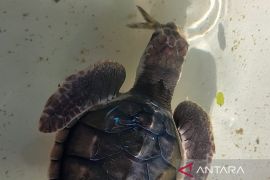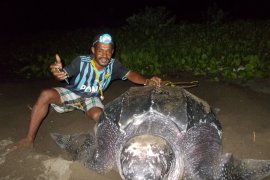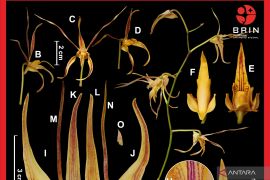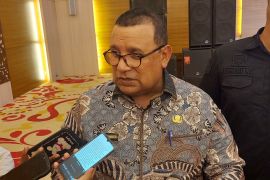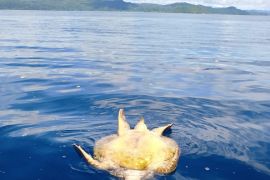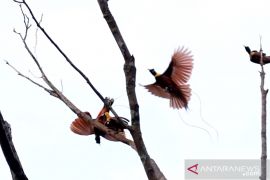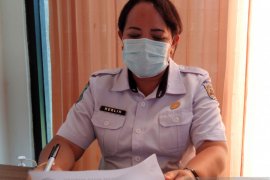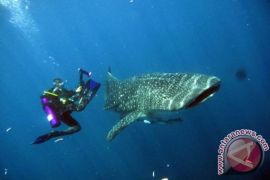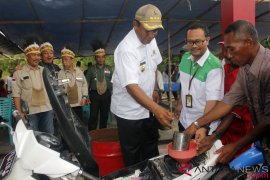The protected sea turtles have been laying eggs in the coastal area from May to June, according to Head of the Yenbekaki Village Conservation Group Yusuf Mayor.
Each leatherback turtle is expected to lay between 90 and 125 eggs, he noted in a statement that ANTARA quoted here, Monday.
The group's volunteers protect the turtles' nests from predators, such as snakes and wild dogs, as well as poachers, Mayor remarked.
Thus, the eggs could naturally hatch. The sea turtle hatchlings are then moved from the nests to nursery polls where they will be cared for over a period of a week.
They will then be released into the sea, he stated.
Indonesia is home to several iconic species, including the sea turtle. The World Wildlife Fund (WWF) Indonesia has also reported that six of the seven living species of sea turtles that scientists recognize can be found in the country.
According to the WWF Indonesia's official website, four of the six species of sea turtles -- green turtles (Chelonia mydas), "belimbing" or leatherback turtles (Dermochelys coriacea), "sisik" or hawksbill turtles (Eretmochelys imbricata), and "lekang" or olive Ripley turtles (Lepidochelys olivacea) -- lay their eggs in several of the country's coastal areas.
The WWF Indonesia further noted that the Indonesian waters are also the most crucial migratory route of sea turtles at the crossroads of the Pacific and Indian oceans.
Abun Sub-district's coastal areas in Tambrauw District, West Papua Province, are known as the largest nesting spots of leatherback turtles in the Pacific region.
The Derawan Islands in East Kalimantan Province are recorded by the WWF Indonesia as the biggest nesting spots of green turtles in Southeast Asia.
In Java Island, Trisik Beach in Kulon Progo District, Yogyakarta Province, is also known as the green turtles' nesting spot.
Turtles are highly sensitive to light, as it may make them blind.
According to the US Government's National Oceanic and Atmospheric Administration (NOAA) Fisheries, marine debris and trash also pose grave threats to the survival of these animals.
Hence, marine debris and trash in oceans should be reduced to prevent sea turtles from getting entangled in them or accidentally consuming the waste. Related news: Five giant leatherbacks lay eggs on Raja Ampat's Warebar Beach
Related news: 31 giant turtles lay eggs in Raja Ampat throughout 2018
EDITED BY INE
Translator: Ernes BK, Rahmad Nasution
Editor: Suharto
Copyright © ANTARA 2021

